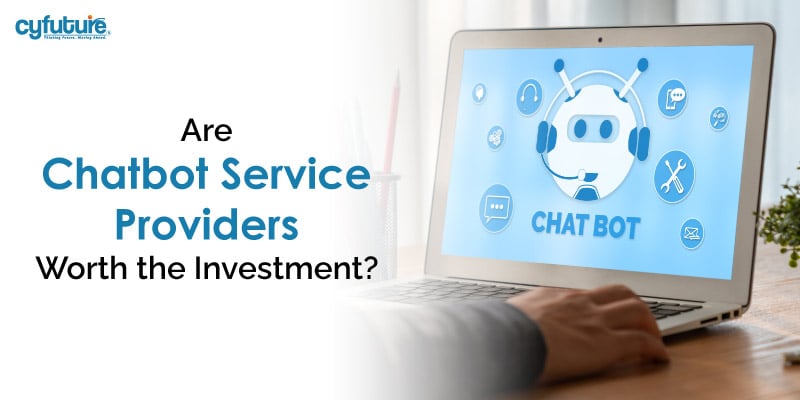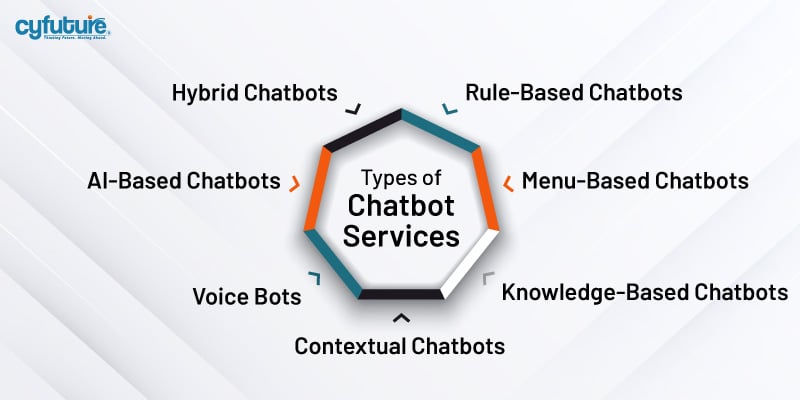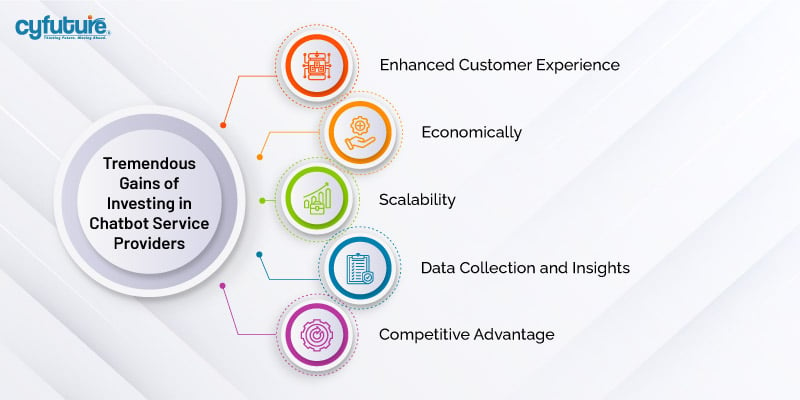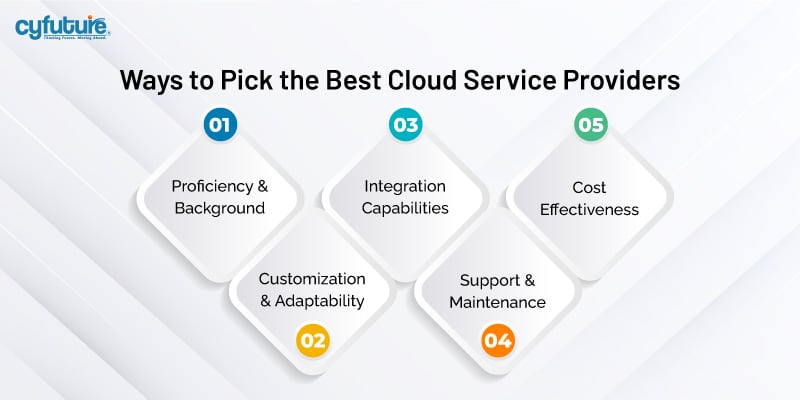-
Get Cloud GPU Server - Register Now!
Toggle navigation

When it comes to new technology, services, or others that they wish to purchase for themselves or their business, customers are constantly interested to know how much they will have to pay and how much their investment will yield. The entire investment sometimes includes not just the total amount of money but also the time and effort required for installation, maintenance, development, or use.
Why is it advantageous to invest in AI chatbot services?
Well, projecting a professional business image through the use of modern technologies is only one facet of it! Moreover, chatbot services are transforming not just the way B2C and B2B settings perform marketing, sales, customer service, and other commercial operations, but also the technological environment.
|
Have you heard?
Gartner predicts that chatbots will become the major customer service channel by 2027, surpassing existing channels. Research and Markets estimates the value of the worldwide chatbot market at USD 3.49 billion in 2021, and it is projected to rise at a compound annual growth rate (CAGR) of 25.4% to reach USD 22.9 billion by 2030. The market keeps expanding steadily. |
Furthermore, chatbots are an excellent investment if you want your business to grow and stay competitive, as many other businesses are, as they can save and make money. A burgeoning industry of chatbot service providers has emerged as a result of this expansion, offering customized solutions to businesses of all kinds. The question still stands: Are chatbot service providers worth the investment?
To help you decide wisely before appointing AI chatbot service providers for your organization, we would like to shed some light on the expenses associated with doing so. Continue reading to hear our thorough explanation of everything so you won’t have to worry about chatbot technology costs in the future!
Chatbot technology is not new. When pre-written scripts were used to simulate human conversation, ELIZA was one of the earliest chatbots to appear in the 1960s. However, there were limitations to the early iterations. Chatbots were just beginning to realize the full potential of artificial intelligence (AI) and natural language processing (NLP).
A chatbot service, to put it simply, is an automated conversation companion who texts you back and forth. Voice and Image recognition is a feature of even more advanced bots. They even don’t need to employ proper grammar to grasp what you say.
Furthermore, given their ability to recognize emotion, comprehend context, and carry out multi-turn discussions, modern chatbot services are excellent resources for marketing, customer support, and other applications.

Not every bot is the same, just as not every person is. Their characteristics and builds are dissimilar. These are a few common types of chatbots.
They employ if-then-else reasoning and follow rules. These bots are appropriate for basic duties like responding to questions. They are difficult to construct, though, because developers have to look at a lot of different combinations and permutations of queries.
These bots point users to buttons or menus rather than responding, in contrast to rule-based bots. They are perfect for tasks like placing food orders and making appointments.
These bots look for predefined keywords to reply to user queries. They can reply to questions that fall outside their purview, though.
Advanced chatbots known as contextual chatbots can understand the context and improve their replies by drawing on past exchanges. They work well in customer service scenarios when personalization and customer-centricity are required.
These are helpful in e-commerce, retail, and home appliances. They employ voice recognition technology.
Chatbots with AI capabilities are super bots that become better with every interaction by understanding, learning, and adapting. The most intelligent type of chatbots are AI ones.
Suitable for certain commercial applications, these are a combination of many chatbot types.
Businesses that offer chatbot services may help firms install and operate chatbots correctly by offering a range of services. These offerings often consist of:
Providers work with enterprises to identify use cases, establish objectives, and draft a rollout strategy for chatbots.
Specifically designed chatbots are made to meet the needs of the company in areas like internal procedures, lead generation, and customer support.
To ensure reliable data flow and operation, chatbots are integrated with existing systems like CRM, ERP, and marketing platforms.
Providers educate the chatbot to ensure that it can manage a range of situations and continuously improve its performance using machine learning.
Maintaining and updating the chatbot is ensured by ongoing support and maintenance services.

Chatbots may provide prompt, round-the-clock assistance, reducing wait times and raising customer satisfaction levels. From handling transactions to responding to frequently asked questions, they are capable of carrying out a broad variety of tasks and maintaining a high standard of service.
Putting a chatbot in place can significantly reduce running costs. Automation of repetitive tasks and simultaneous multitasking can save business costs.
Chatbots may easily manage an increasing volume of interactions without requiring more financial outlays. Businesses that see rapid expansion or cyclical demand spikes can particularly benefit from this scalability.
Chatbots have the potential to gather valuable information about consumer behavior, preferences, and pain points via their interactions with customers. Enhancing marketing strategy, product quality, and the general customer experience may all be achieved with the use of this information.
By implementing intelligent chatbot technology, businesses may set themselves apart from rivals. When used effectively, a chatbot may provide a unique value proposition that draws in new customers and keeps existing ones coming back.
Although there are many advantages to using chatbot services, organizations also need to be aware of the following issues and challenges:
An initial large expenditure may be necessary for creating and deploying a custom chatbot system. Companies have to compare this expense against the possible long-term returns.
It might be challenging to integrate a chatbot with current systems, particularly for companies that still use outdated technology. For the chatbot to be functional, flawless integration must be ensured.
Strong security measures are needed while handling sensitive consumer data. Companies need to make sure that their chatbot solution conforms with best practices and data protection laws.
Chatbots need to be updated and often maintained to be successful. To improve performance and adapt to shifting customer needs, this calls for continual training.
While many customers find chatbots to be easy to use, others might prefer human interaction. To address the various demands of clients, it is imperative to strike a balance in the employment of chatbots and human agents.

The success of the chatbot installation depends on selecting the right chatbot service provider. Take into account the following elements while choosing this option:
Seek vendors with experience developing and deploying chatbots. Case studies and customer endorsements may provide insight into their abilities.
Verify if the vendor can provide tailored solutions that meet the particular needs of your business. It’s doubtful that one-size-fits-all strategies will result in the best results.
Examine the provider’s capacity to integrate the chatbot with your current infrastructure. The chatbot needs to be incorporated seamlessly to reach its full potential.
Think about how much ongoing maintenance and support the company offers. To be effective, the chatbot has to be regularly taught and updated.
Calculate the chatbot’s cost and weigh any potential benefits against it. Cost should not be the only factor taken into account, but it is crucial to make sure the investment is warranted.
The future of chatbot services is largely dependent on several elements, which are changing quickly. These considerations include:
Chatbots will be able to handle more complex conversations, understand the context better, and respond with more accuracy as long as AI and NLP continue to advance.
With the growing popularity of voice assistants and smart speakers, speech-activated chatbots are becoming more and more common. These chatbots can provide a more effortless and natural experience for consumers.
In the future, chatbots will be able to seamlessly interact with a variety of platforms, including social media, messaging applications, mobile websites, and mobile apps. This will guarantee that the user experience is consistent across all platforms.
By leveraging data from several sources, chatbots will leverage artificial intelligence (AI) to deliver very personalized experiences by customizing interactions to specific customer preferences and behaviors.
To prevent data breaches and maintain regulatory compliance, chatbots handling more sensitive data will need better security measures.
In summary, chatbot service providers provide a range of advantages that can significantly enhance customer satisfaction, and operational effectiveness, and provide helpful data. A competitive edge in the market, cost savings, and enhanced scalability may all be obtained by investing in chatbot services. Organizations must assess the necessary ongoing maintenance, integration challenges, and initial investment.
By choosing the top chatbot service provider and utilizing the most recent advancements in AI and NLP, businesses can fully use the potential of chatbot technology. Chatbot services will likely become more valuable as the field develops, which will make them a desirable investment for businesses looking to thrive in the digital age.
In the end, the decision to invest in chatbot service providers needs to be based on a thorough analysis of the particular aims and objectives of the business. In today’s competitive industry, chatbots may be an amazing tool for development and success if they are implemented and strategically planned.
Are you prepared to implement chatbots to improve your customer service? Make an appointment for a meeting with us right now to learn more about how our tailored chatbot solutions might support the expansion of your company.
A chatbot’s setup costs are determined by its complexity, degree of customization, and integration requirements. The price may be in the neighborhood of several hundred to several thousand dollars. It is crucial to consider the expenses associated with ongoing maintenance and support in addition to the initial investment.
Indeed, chatbots are compatible with modern technologies such as marketing platforms, ERP, and CRM. This integration enhances the chatbot’s functionality and ensures seamless data flow, providing a more complete solution.
Yes, several businesses have used chatbots to good effect. For example, KLM Royal Dutch Airlines uses chatbots to deliver effective customer support, Sephora uses them to offer virtual beauty advice, and H&M uses them to customize shopping experiences.
The intricacy of the chatbot, the volume of chats it handles, and the specific use cases all affect how profitable chatbot services are. But, after a few months of implementation, many businesses start to see benefits in the form of lower costs and more customer satisfaction.